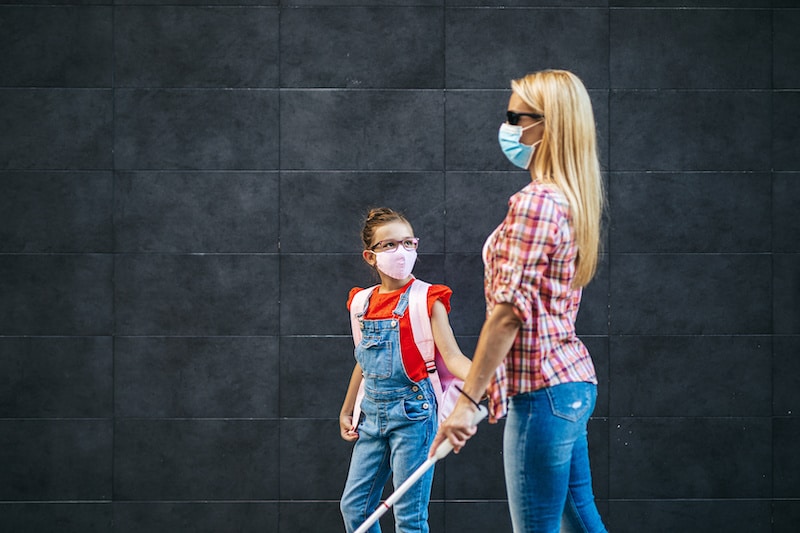

FACING YOUR FEARS IN VIRTUAL REALITY: WHAT TO EXPECT FROM VRET

Dr John Crimmins
Cognitive Behavioural Psychotherapist.
Virtual Reality Exposure Therapy (VRET): What to Expect
Virtual Reality Exposure Therapy (VRET) is transforming how we approach anxiety and panic disorders. By combining immersive virtual environments with evidence-based psychological strategies, VRET offers a powerful new way to confront fears safely and effectively. If you’re considering this innovative form of therapy, here’s what you can expect during a typical series of sessions with a qualified VRET therapist.
Table of Contents
- What Is Virtual Reality Exposure Therapy (VRET)?
- Who Is VRET Suitable For?
- Step-by-Step: What to Expect from VRET
- Initial Assessment and Goal Setting
- Introduction to the Virtual Environment
- Gradual Exposure to Anxiety Triggers
- Practicing Coping Strategies
- Applying Your Skills in the Real World
- Monitoring Progress and Adjustments
- How Many Sessions Do You Need?
- Benefits of VRET Compared to Traditional Therapy
- Final Thoughts: Facing Your Fears in a New Way
- Frequently Asked Questions
What to Expect from VRET
1. Initial Assessment and Goal Setting
Comprehensive Consultation
Your journey begins with an in-depth consultation with a therapist who specializes in VRET for anxiety and panic. This session helps you and your therapist understand your unique triggers, how often you experience panic attacks, and the impact of anxiety on your day-to-day life.
Understanding How VRET Works
The therapist will explain how virtual reality is used to simulate anxiety-inducing scenarios in a controlled, therapeutic setting. You’ll learn about the effectiveness of VR exposure therapy for panic disorders, what the process involves, and how sessions are tailored to your needs.
Developing a Personalized Treatment Plan
Together, you’ll identify specific situations that provoke anxiety—such as public speaking, flying, or crowded places. These scenarios will form the basis of your custom VRET program.
Setting Realistic Goals
You and your therapist will set clear, achievable goals, such as reducing panic attack frequency, improving daily functioning, and increasing tolerance to anxiety triggers.
2. Introduction to the Virtual Reality Environment
Getting Comfortable with the Technology
Your first session in VR is about familiarization. You’ll be introduced to the headset and any hand-tracking controls, with the therapist guiding you through how to navigate the virtual space.
Gentle Exposure
Initial VR environments are neutral or only mildly anxiety-inducing, helping you get used to immersion without overwhelming your senses.
Tailored Scenarios with AI (Optional/Advanced)
Advanced VRET systems may use AI to adjust virtual environments in real-time. For example, if social settings cause anxiety, the system might place you in a quiet virtual park with just a few virtual people nearby.

3. Gradual Exposure to Triggers
- Using a Fear Hierarchy
VRET follows a step-by-step exposure model. You’ll begin with lower-level anxiety scenarios and move towards more challenging ones as your confidence grows.
- Supportive Guidance from a Therapist
Your therapist remains present throughout, offering encouragement and helping you apply coping strategies in the moment. They’ll remind you that although the environments feel real, they’re completely safe and controlled.
- Adjustable Intensity
One of the benefits of VR for anxiety treatment is that the therapist can fine-tune the environment. For instance, if you struggle with crowds, the number of avatars can be gradually increased over time.
4. Practicing Coping Strategies in Real Time
- Skill-Building in the Virtual Space
As you confront fear triggers, your therapist will prompt you to use techniques such as deep breathing, grounding exercises, or cognitive reframing—tools you’ll carry into real-life situations.
- Emerging AI Tools for Feedback
In future iterations, VRET systems may use AI to monitor your heart rate or voice tone, offering real-time feedback to both you and your therapist. This data could help refine your therapy sessions for maximum impact.
- Repetition for Desensitization
You’ll repeat the VR exposures until your anxiety response significantly decreases. This method is proven to help reduce avoidance behaviors and improve emotional regulation.
5. Applying What You’ve Learned to the Real World
Bridging Virtual and Real Experiences
As progress is made in VR, your therapist will guide you in applying these gains to real-world settings. Discussions will focus on translating virtual victories into practical strategies for everyday life.
- Real-Life Exposure Exercises
Homework assignments may involve facing mild real-life triggers using the skills you’ve learned in therapy. These exercises reinforce your growth and expand your comfort zone.
- Relapse Prevention Planning
You’ll work together to build a toolkit for the future, including strategies for managing setbacks and maintaining progress once therapy ends.
6. Monitoring Progress and Making Adjustments
Ongoing Evaluation
Each session will include a check-in to assess your progress and emotional well-being. Your therapist may use standardized tools to track reductions in anxiety and panic over time.
- Flexible Treatment Adjustments
Based on your experience, the treatment plan can be revised. The ability to track exposure levels and physiological responses can make this therapy particularly adaptable.
- Potential AI-Assisted Monitoring
Future VRET systems may analyze data such as time spent in challenging environments or verbal reports of distress to help both you and your therapist understand what’s working and where support is still needed.
How Many VRET Sessions Will I Need?
The number of VRET sessions varies depending on your personal needs and the severity of your symptoms. Many people experience substantial improvement within 8–12 sessions. What makes VRET especially effective is its immersive and interactive format, allowing you to confront fears without the risks or logistics of in-person exposure.
Final Thoughts:
A New Way Forward for Anxiety and Panic
Virtual Reality Exposure Therapy is an exciting advancement in mental health care. It offers a structured, safe, and often faster path to recovery compared to traditional methods. If you’re struggling with panic or anxiety and are open to innovative approaches, VRET could be a valuable step forward.
FAQs
1. Is Virtual Reality Exposure Therapy safe?
Yes. VRET is conducted in a controlled environment with a trained therapist present. The virtual scenarios are designed to be gradually challenging, and you can stop at any time.
2. Can VRET help with all types of anxiety?
VRET is especially effective for specific phobias, social anxiety, panic disorder, and PTSD. Your therapist will assess whether it’s appropriate for your particular situation.
3. Do I need to be tech-savvy to use VRET?
Not at all. Your therapist will guide you through using the headset and VR system. Most people find it intuitive and easy to use after the first session.
Time limited offer
Get 3 of our courses for the price of one!
✔️ Receive training in all the major schools of psychology.
✔️ You can do the courses one at a time! You can even gift one to a colleague.
✔️ A Diploma Certificate is awarded for each course successfully completed.
✔️ There is no time limit for completion – take your time and enjoy the learning.





